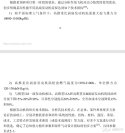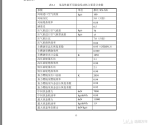Except the text I pulled from the images before literally says the engine in question has a
turbine inlet temperature of 1950K-2100K. And is not dancing around the term with "Combustion chamber outlet temperature."
So what can we take from these two examples.
The Turbine Inlet Temperature is 1950K-2100K
The Combustion chamber outlet temperature is 1850K
So we can either
Assume that the paper means the Combustion chamber outlet temperature = TIT or that when they actually literally stated the TIT = TIT.
And yes Im sure that these are from the same document, did you even read it.
The Chart is referred to as Table 2-1. And the image I used that stated the TIT referred at the bottom of Table 2-1, not to mention the page numbers.
View attachment 162079
View attachment 162080





